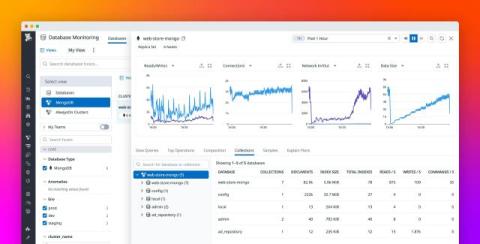Track and troubleshoot MongoDB performance with Datadog Database Monitoring
Many modern applications rely on MongoDB and MongoDB Atlas to manage growing data volumes and to provide flexible schema and data structures. As organizations adopt these and other NoSQL databases, effective monitoring and optimization become critical, especially in distributed environments.











